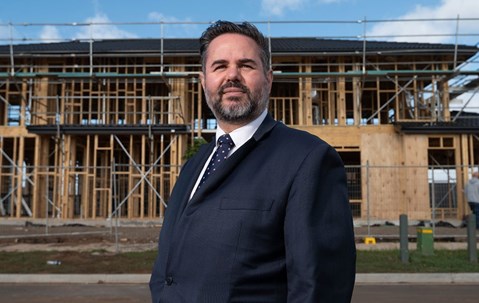News & Tips

SEQ stock shortage pushing up price
Interstate migration and low housing stock is pushing up prices in an enduring South East Queensland land market.
According to the latest data from Oliver Hume, the SEQ land market saw a 9.1% boost to prices in the second quarter, with price increases reaching 30.6% in the 12 months to the end of June 2022.
The average land price in SEQ surpassed $300,000 for the first time over the quarter, reaching $322,000 per home site. That’s up from $246,600 at the close of June in 2021 and $295,000 in the March 2022 quarter.
“Although stock availability has improved, stock levels overall remain low across the southeast, with buyers looking closely at anything that comes to market. The first interest rate rises occurred in the middle of the quarter (in early May), and it will take some time for the full impact to flow through,” said Julian Coppini, CEO of project managing at Oliver Hume.
Much of the recorded price growth is a result of significant increases across the Gold Coast where prices, while down 0.2% for the quarter, were up 103.6% for the year and the Ipswich growth corridor where both price growth and volumes were at record levels.
The Ipswich growth corridor saw a 15.9% boost over the June quarter and ad 41.9% in the 12 months to the end of June.
On the other hand, the Logan corridor recorded a minor decline of 1.2% in prices for the June quarter, though still took in a 7.6% increase for the year.
Likewise, Brisbane saw declines for the quarter, with land prices dropping 18.4% , while recording an 85.9% increase for the year.
Redlands also saw declines for the quarter, dropping by 13.3%, but rising by 38.5% over year, while Moreton Bay was up by 19.3% for the quarter and 39.4% for the year.
“While interest rates will have some impact in the future, the southeast market will continue to be driven by fundamental supply and demand dynamics. There is good, healthy demand but very limited supply. Very low vacancy rates demonstrate the extent of these shortages. Over the medium, to long-term, we need to see more land released for development if we are to avoid affordability issues and shortages,” added Coppini.
At the same time as interest rates are rising, Queensland’s population is on the up, having grown by 1.4% in 2021, this compared to the other eastern states, with Victoria down by 0.1% and NSW seeing only a 0.1% increase.
“Queensland’s population grew by nearly 74,00 people in 2021, the equivalent of a medium-sized town, and that growth is expected to be replicated again this year. Many of those people are landing in the southeast and looking for somewhere to rent or buy, which is underpinning prices and volumes,” said George Bougias, head of national research at Oliver Hume.
Bougias also noted that even with rising interest rates, strong interstate migration when paired with the low vacancy environment and the strength of the employment market leaves the SEQ land market in a healthy position to remain resilient.
“While interest rates are rising, they are still relatively low historically. So, overall, repayments remain low. However, we are also seeing strong rental growth due to the shortage of properties available to rent,” concluded Bougias.

